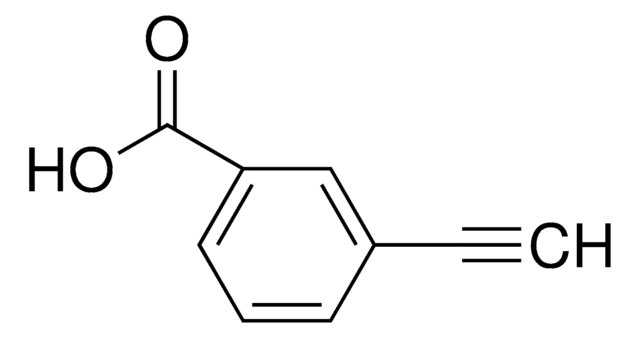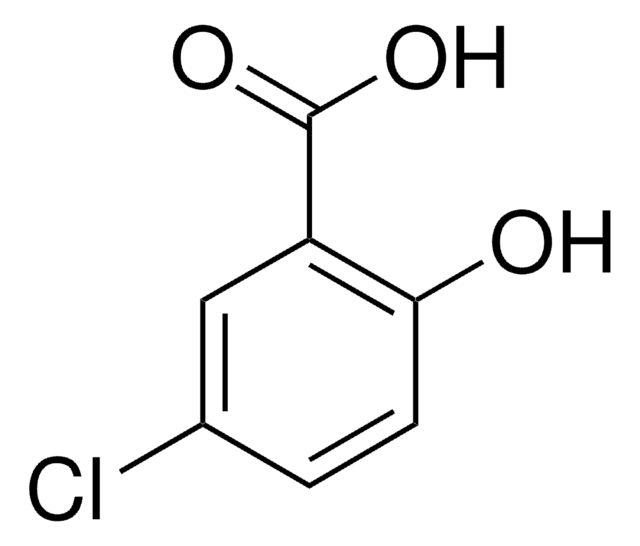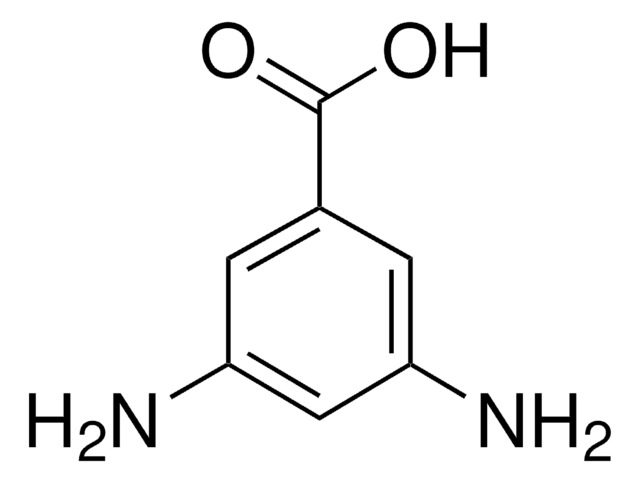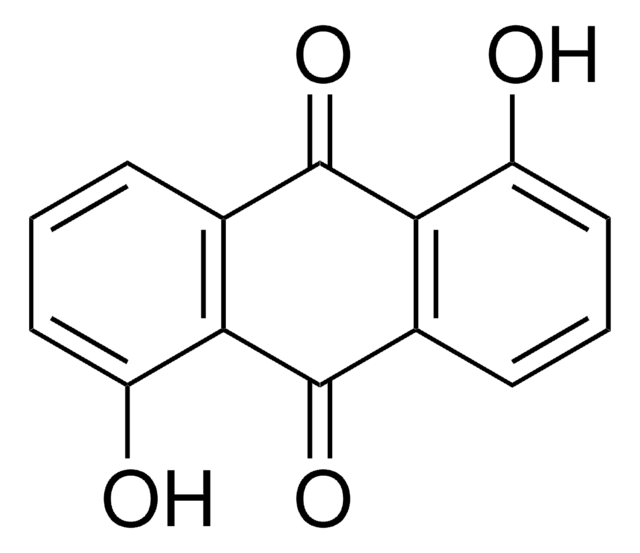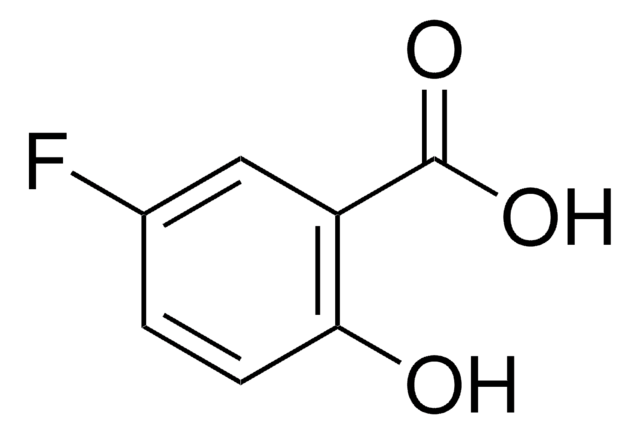All Photos(1)
About This Item
Empirical Formula (Hill Notation):
C7H8N2O2
Molecular Weight:
152.15
MDL number:
UNSPSC Code:
12352200
PubChem Substance ID:
Recommended Products
Assay
95%
mp
198-204 °C
application(s)
peptide synthesis
SMILES string
Nc1cccc(C(O)=O)c1N
InChI
1S/C7H8N2O2/c8-5-3-1-2-4(6(5)9)7(10)11/h1-3H,8-9H2,(H,10,11)
InChI key
KKTUQAYCCLMNOA-UHFFFAOYSA-N
Signal Word
Warning
Hazard Statements
Precautionary Statements
Hazard Classifications
Acute Tox. 4 Oral - Eye Irrit. 2
Storage Class Code
13 - Non Combustible Solids
WGK
WGK 3
Flash Point(F)
Not applicable
Flash Point(C)
Not applicable
Personal Protective Equipment
dust mask type N95 (US), Eyeshields, Gloves
Choose from one of the most recent versions:
Certificates of Analysis (COA)
Lot/Batch Number
Don't see the Right Version?
If you require a particular version, you can look up a specific certificate by the Lot or Batch number.
Already Own This Product?
Find documentation for the products that you have recently purchased in the Document Library.
Geun Woo Dong et al.
Clinical and experimental otorhinolaryngology, 2(1), 13-19 (2009-05-13)
Despite the ongoing development of treatment protocols for laryngeal squamous cell carcinoma (LSCC), the patients suffering with this malady have shown only a modestly improved outcome. This poor outcome has been attributed to the lack of therapy that's individualized to
Takeshi Matsumoto et al.
Scientific reports, 8(1), 14623-14623 (2018-10-04)
We report the photochemical carboxylation of o-phenylenedimamine in the absence of a base and an electron donor under an atmosphere of CO2, which afforded 2,3-diaminobenzoic acid (DBA) in 28% synthetic yield and 0.22% quantum yield (Φ(%)). The synthetic yield of
Anal Jana et al.
Journal of photochemistry and photobiology. B, Biology, 214, 112091-112091 (2020-12-08)
Formaldehyde (FA), a simple reactive carbonyl molecule, is endogenously produced in the cell at various physiological condition. At elevated level, FA causes severe cell toxicity as well as damage in macromolecules such proteins and DNA. For detecting FA in living
Bettina S Buchmaier et al.
PloS one, 8(7), e68301-e68301 (2013-07-23)
Osmotic stress has been shown to regulate cytoskeletal protein expression. It is generally known that vimentin is rapidly degraded during apoptosis by multiple caspases, resulting in diverse vimentin fragments. Despite the existence of the known apoptotic vimentin fragments, we demonstrated
Alexander von Tesmar et al.
Cell chemical biology, 24(10), 1216-1227 (2017-09-12)
In vitro reconstitution and biochemical analysis of natural product biosynthetic pathways remains a challenging endeavor, especially if megaenzymes of the nonribosomal peptide synthetase (NRPS) type are involved. In theory, all biosynthetic steps may be deciphered using mass spectrometry (MS)-based analyses of
Our team of scientists has experience in all areas of research including Life Science, Material Science, Chemical Synthesis, Chromatography, Analytical and many others.
Contact Technical Service![[6,6]-Phenyl C61 butyric acid methyl ester ≥99%](/deepweb/assets/sigmaaldrich/product/structures/359/221/d990c746-0960-4c69-bf76-fe09b193824d/640/d990c746-0960-4c69-bf76-fe09b193824d.png)
